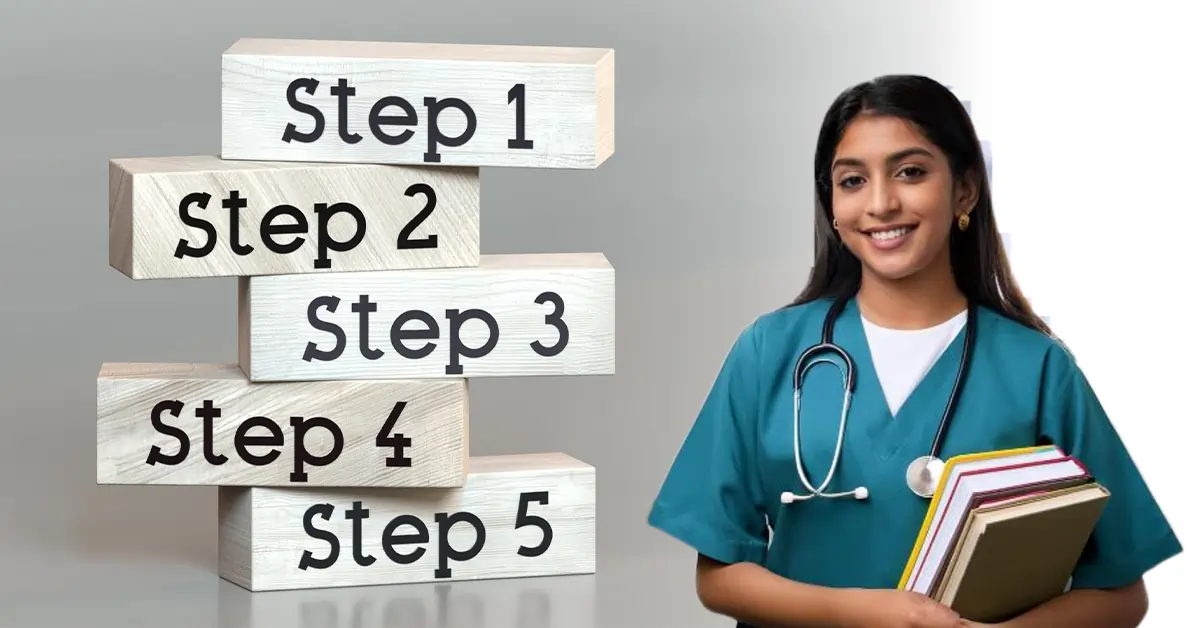
For medical aspirants aiming to practice in the United States, the United States Medical Licensing Examination (USMLE) is a crucial milestone. Recognized globally, the USMLE assesses a candidate’s ability to apply knowledge, concepts, and principles that are essential for practicing medicine in the U.S. healthcare system. This step-by-step guide will walk you through the USMLE exam structure, timelines, and syllabus in an easy-to-understand and informative manner.
The USMLE (United States Medical Licensing Examination) is a three-step examination for medical licensure in the United States. It is jointly sponsored by the Federation of State Medical Boards (FSMB) and the National Board of Medical Examiners (NBME). The exam evaluates a candidate's ability to apply medical knowledge and skills to provide safe and effective patient care.
Passing all steps of the USMLE is mandatory for medical graduates, including those from foreign institutions, who wish to obtain a license to practice medicine in the U.S. It ensures that every practicing physician meets a uniform standard of competency and medical understanding.

Objectives: The USMLE Step 1 tests the examinee’s ability and understanding of basic science and its application to clinical practice
Subjects Covered:
Exam Format:

Objectives: The USMLE Test 2 tests medical knowledge and understanding of clinical science necessary for patient care under supervision.
Subjects Covered:
Exam Format:
Note: Step 2 CS (Clinical Skills) has been discontinued until formal change.
Objectives: The USMLE Step 3 checks the examinee’s capacity to apply medical knowledge and biomedical and clinical science as necessary for the nonsupervised practice of medicine.
Subjects Covered:
Exam Format:
Two-day examination
Year-wise USMLE Timeline for Indian Students or FMGs:
Preparation Tips:

Your ticket to practicing in one of the most advanced healthcare systems in the world is the USMLE. It is demanding but it leads to amazing careers working as a global medical professional. For an Indian medical student or an international graduate, knowledge of the USMLE timeline, structure, and preparation strategy would help you to progress in the right direction.
Stay with the prep plan, remain focused, and every top doctor once started from where you sit today.
Ques 1: Who conducts the USMLE?
Answer 1: The NBME and FSMB conduct the USMLE.
Ques 2: Is USMLE accepted in India?
Answer 2: USMLE is the internationally respected one used to supply the American license but is permitted globally. Yet to practice in India, a person has to pass FMGE (if he is a foreign graduate) or NEXT (as per the future implementation).
Ques 3: What is the maximum number of attempts provided for USMLE?
Answer 3: Each Step you are granted 4 attempts. The total number of attempts for all Steps together is 6.
Ques 4: Can Indian students take USMLE?
Answer 4: Yes, Indian students who are Indian from MCI/NMC-approved Colleges are allowed to take USMLE and US residency thereafter following ECFMG certification.
Ques 5: How long is USMLE valid?
Answer 5: Results of the Step 1 and Step 2 CK are valid for 7 years. Within this timeframe, Step 3 has to be taken.